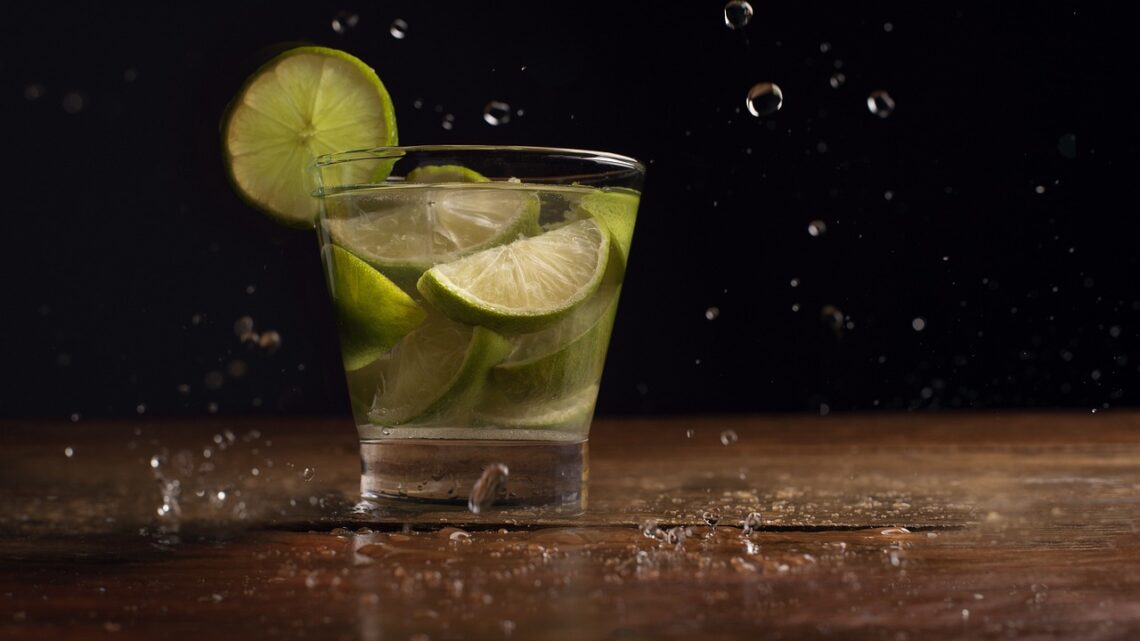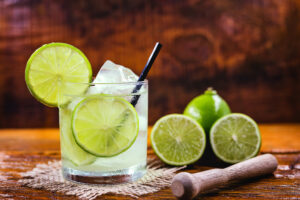The Rum Cachaça Market Could Experience a Significant Growth

Rum cachaça is Brazilian rum distilled from the fermentation of sugarcane juice or molasses to much higher percentages of alcohol by volume. It’s widely produced in Brazil and has two types: branca (unaged) and amarela (aged). This rum tends to have a raw and fruity taste with a more subtle sweetness.
Advance Market Analytics recently conducted a study on the global rum cachaça market to 2027, which shows that this industry is growing due to increased R&D spending around the world. Cachaça is gaining traction in markets across the globe. Nowadays, producers are making a concerted effort to expand their range.
Key Players
At present, the key players in this market are:
- Avua Corp. (United States)
- Bacardi Limited (Bermuda)
- Barceló S.R.L. (Dominican Republic)
- Companhia Müller de Bebidas (Brazil)
- Diageo plc (United Kingdom)
- Havana Club (Cuba)
- Hotaling & Co. (United States)
- Leblon (Brazil)
- Soul Premium Cachaca (Brazil)
- United Spirits Limited of India (McDowell’s No.1) (India)
- Velho Barreiro (Brazil)
Among the market opportunities are e-commerce availability and introducing a different range of rum cachaça, like cocktails. On the other hand, the demand for alcoholic drinks and spirits and the ease of getting raw materials like sugarcane and by-products drive the market.
By volume, rum cachaça is one of the world’s largest spirits categories; however, it’s an unusual case, with the vast majority consumed in its domestic market. The local market faces some challenges. Before the pandemic, cachaça was the second-most-consumed alcoholic beverage in Brazil. Still, the growth of wine consumption threatened its position. Still, the Brazilian consumer is gradually beginning to have more knowledge about the drink and has been exploring new forms of consumption.
Nevertheless, export markets remain attractive for several brands that produce cachaça. High-quality cachaça may compete at the same level as other spirit categories in the near future. Here, the growth of exports is essential for the development of the category. Exports continue to grow and offer producers a big growth channel, especially due to the category’s environmental credentials.
Sustainability is a strength for most cachaça brands. For instance, artisanal cachaça distilleries are often sustainable just to increase efficiency and reduce energy costs. This is helping to improve sales as more and more consumers are looking for spirits with a lower environmental impact.
About The Author
Content Director at The RumLab || She is a Journalist & Ghostwriter from Caracas-Venezuela, with more than six years of experience in Academic Research. She also has a postgraduate education in International Relations and a Master's Degree in Public Management. In the last few years, she has been working in sales and digital marketing.













